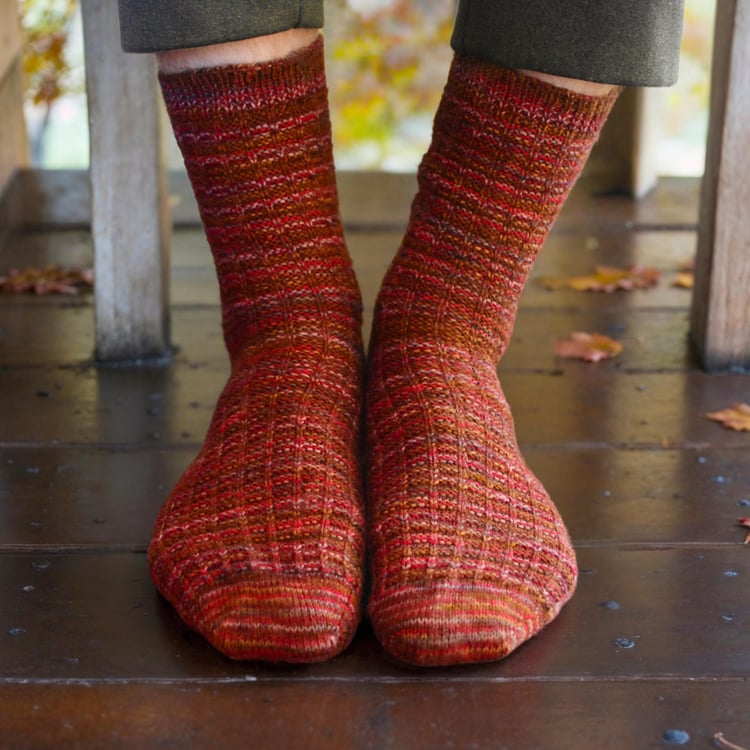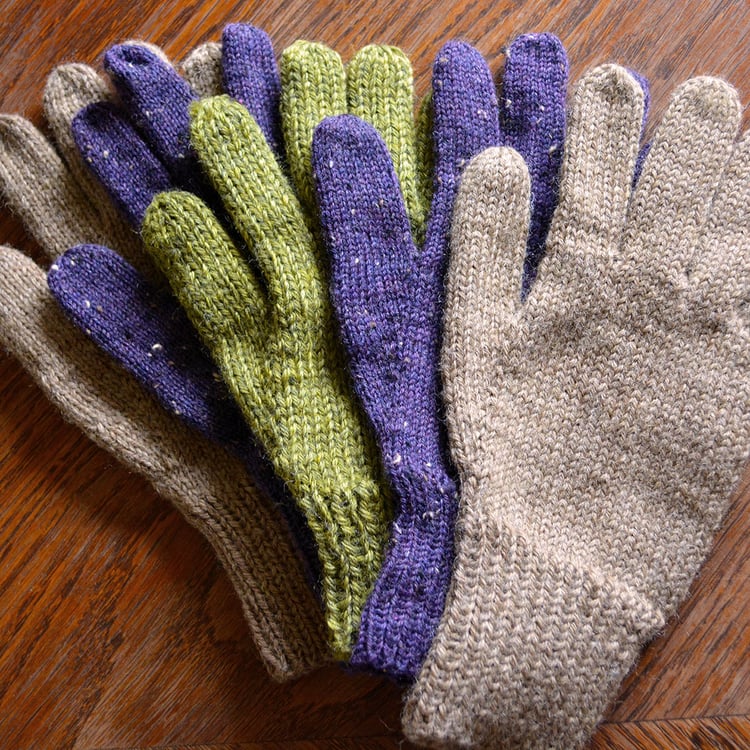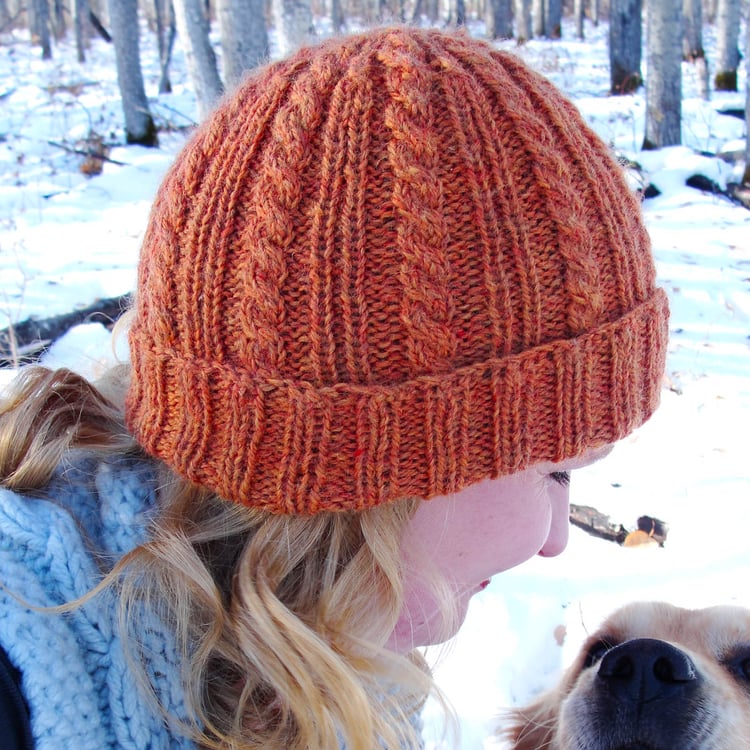
Knit Stitch
Make the most basic stitch in knitting in Continental or American style.
After casting on, you are ready to begin working. The design will either ask you to knit (abbreviated k) or purl (abbreviated p) into loops you made in your cast-on row. Since you’re just learning, you should practice the knit stitch until you are very comfortable with it before moving on to the purl stitch.
Continental Style holds the working yarn in the non-dominant hand. American Style holds the yarn in the dominant hand. These are colloquially known as picking and throwing, respectively, for the type of action they require. Picking is easier on the hands and can be done much faster once you are proficient.
If you’re learning to knit for the first time, try Continental Style first. If you’re dusting off your skills and were taught American Style originally, start with that.
Note: This tutorial also appears in my How to Knit series.



















